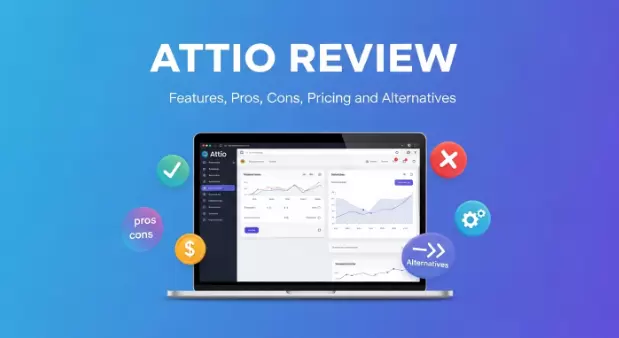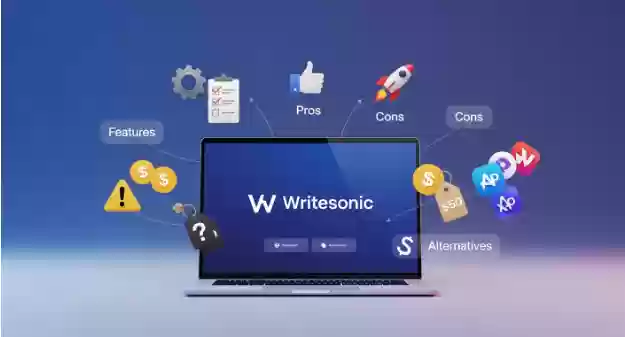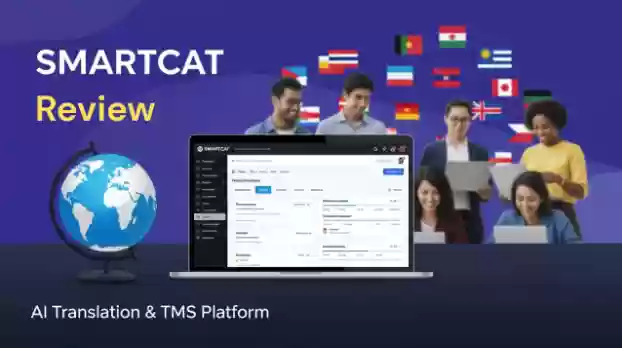YouTube is huge and packed with millions of videos. As the popularity of video content continues to grow, more and more people join the YouTube game in hopes of becoming rich and famous.
But according to Mathias Bärtl’s research, a mere 3.5 percent of YouTube creators make more than the U.S. federal poverty line. This means that only high-quality, SEO-optimized videos stand the slightest chance of getting the traffic, conversions, income, and rankings they seek to obtain on YouTube.
This raises the question: How can you optimize videos to enhance your YouTube SEO efforts?
In this post, we’ll explore how you can tweak and revamp your YouTube video content for long-term SEO success. But before we get to that, let’s first understand what video SEO is.
What is Video SEO?
Let me ask you this: What do you as a YouTube watcher do when you want to find a video on a specific topic? That’s right, you enter the relevant keyword into YouTube’s search bar. In turn, as a YouTube creator, you have to do everything to make it easy for people to find and watch your videos, which brings me to the next point.
Video Search Engine Optimization (video SEO) is the practice of providing search engines, such as YouTube, with comprehensive information on a piece of video content with the aim of getting more complete search results, boosting search visibility, driving traffic, and increasing rankings.
In other words, you need to use SEO tactics to get your videos to rank high on YouTube’s SERP. That way, more people will see them when they enter a relevant query into the search bar, ultimately resulting in more people watching your videos, exploring your channel, and subscribing.
YouTube Video Optimization Checklist
With that in mind, let’s look at what you can do to yield maximum SEO benefits from your YouTube videos. It should be noted that not all of these steps influence your search rankings directly, but they do impact the video’s visual components, user behavior, and overall conversions.
1. Set a clear goal
The first thing you need to do is avoid one of the most common mistakes and clearly defined the goal of your video. You will probably be eager to have more than one but don’t bite off more than you can chew — set just one main goal for each video.
Ask yourself this: Do you want to raise awareness and get more people acquainted with your channel/brand? Are you looking to influence consideration of potential customers and get them leaning your way? Do you want to boost conversions on your corporate website? Or are you seeking to strengthen advocacy to get more customers to promote your brand?
2. Choose the type of video
Once you’ve decided on your goal, you should think about the type of video you want to create.
Give people a behind-the-scenes look at what life is like at your office in a corporate culture video. Such videos show your values to potential customers and make your company seem more down-to-earth and approachable.
If you’re selling physical goods, then maybe instead of taking product photos you can record a product demonstration video for a change. This type of video helps people visualize how they themselves would use the product and is way more effective than a still image.
Educational tutorials and how-to videos are perfect if you’re selling services or complex products that require additional explanation. Giving people a taste of your offering through such videos will be worth your while.
If your business involves frequent contact with buyers, then a customer testimonial video is something you can easily record. Ask your loyal, happy customers to let the world know about their experiences with your brand. Such videos do a wonderful job at building up your credibility and rep. After all, real people are trusted more than brands.
3. Provide complete technical information
Next, find the keywords you will use to promote your videos on YouTube’s SERP. There are plenty of tools for this, such as Keyword, Keyword Tool, and Keyword Suggestion Tool from SE Ranking, to name a few.
Keep in mind that you must select keywords that can potentially get ranked on YouTube and include enough information so that the video can easily be found through search.
Add the keyword or phrase to your video’s title, description, metadata and tags, but don’t go overboard. Also name the video file properly (e.g. video-seo-tips.mp4) and include the keyword in it, if possible. This information, along with other data, which we’ll get to later on, is used by crawlers to understand what the video’s about and how it should be ranked on YouTube’s SERP.
Information from the video’s title, description and thumbnail is then used in rich snippets. Think of the snippet as a book cover. Even though the metaphorical phrase reads “don’t judge a book by its cover”, this, unfortunately, is exactly what people do in the online world.
4. Create an attractive thumbnail
The thumbnail of your video deserves a special mention. Before people even get to watch your video, you must give them a reason to click on it and not on another video in the SERP.
Take the time to create a catchy, attractive image, adding a text to the thumbnail that summarizes the video in a few words (include the keyword).
As shown above, YouTube displays the cover image (thumbnail) of your video, its title, and a short description of its content in the SERP. Since people are drawn toward beautiful images, and although it may seem like just another step, making sure your video’s thumbnail is well-designed is crucial to your click-through rate.
5. Upload a video transcript, closed captions and subtitles
Sure, video metadata and descriptions do provide YouTube with information, but they are no match for transcripts, closed captions and subtitles that represent every word spoken in a video in textual form — both of which can be read by search engine bots. By incorporating them into your videos, it will be much easier for YouTube to understand when your videos are relevant for a query.
Use the target keyword in the transcript and add the transcript to the description of the video. Subtitles are very helpful when people perform searches in other languages and help YouTube know when someone is looking for your video in a different tongue.
As for closed captions, most of the people who use them don’t have any problems hearing. They simply use captions as they are watching videos to understand them better, but they are also often used when people are not able to turn up the volume for videos, like in an office or a library.
6. Prepare a video sitemap
An extension of webpage sitemaps, video sitemaps give YouTube information about the video content that is uploaded to the platform.
YouTube can learn additional information from video sitemaps, such as the video’s category, title and description, duration, play page URL, restrictions, platform, etc.
Above you can see an example of what a typical video sitemap looks like.
7. Add interactive video features
In addition, you should allow video viewers to interact with your videos. Possible interactive features for online videos include timestamps to let viewers move at their own pace, embedded links, and in-video quizzes or surveys.
.It’s much easier than you think to add these special features to videos, plus they increase viewer engagement and boost the chances that the viewer will keep watching until the end of the video — something that YouTube sees as a positive thing.
8. Test, measure and improve
As you would do with any type of content, you must keep a finger on the pulse your videos to learn what works and what doesn’t so that you don’t employ the wrong set-it-and-forget-it strategy.
Don’t be afraid to try new tactics. You never know when you’ll become the first person to achieve something new until you give it a go. Just make sure to set the right goal, provide all technical and visual info, and measure your progress regularly. Once you see a significant change, be it positive or negative, write down the results and how you got there.
Then start the process anew, but with more actionable knowledge.
Now Over to You
If your business doesn’t have quality video content yet, you seriously should consider making an investment in the most consumed type of online content. After all, video has shown time and time again that it can boost visibility, traffic, conversions thanks to its immersive nature, boundless capabilities, and global reach.
In this post, we covered SEO tips and advice for creating successful videos on YouTube. We hope we got your creative juices flowing and you’re already thinking about how you’re going to optimize your next piece of video content.
Did we miss some part of YouTube video SEO? What do you focus on when creating videos and getting them to rank? We’d love to hear your thoughts.


 Table of Content
Table of Content










